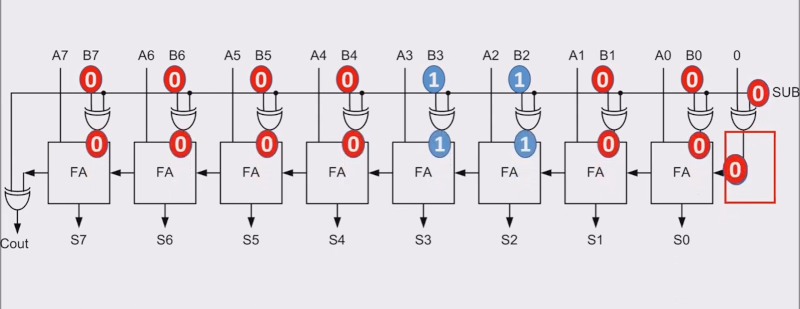Scott’s CPU From the Bottom Up

It isn’t for everyone, but if you work much with computers at a low level, you’ll probably sooner or later entertain the idea of creating your own CPU. There was a time when that was a giant undertaking, but with today’s tools and FPGAs it is… well, not easy, but certainly easier. If you have the urge to try your own, you might have a look at [Simply Explained’s] video series called “Building Scott’s CPU.”
The 11 videos cover everything from basic transistor logic to sequential circuits and moves on to things like ALUs, clock units, and how jump instructions work.
We are guessing there are some more videos forthcoming. However, these 11 videos are over two hours of content and that’s a lot to get you started. Of course, everyone who does this usually focuses on one type of architecture by necessity but there are many ways you can design a CPU. Many homebrew designs are simple multiple clock per instructions designs. A few use pipelining to get an instruction per clock once the pipeline fills up. Modern CPUs do lots of tricks to actually execute, on average, multiple instructions per clock cycle, but that complicates a lot of things.
Then there are the non-traditional architectures like single-instruction computers or asynchronous CPUs. The point is, once you know how a basic CPU works, there is still plenty of room to innovate in your own design.
We’ve been through this exercise more than once and — in our opinion — the hardest part isn’t creating the CPU. It is building all the ancillary tools you need to do anything useful. There are some hacks to make that easier. On the other hand, it is possible to do everything from A to Z.
Post a Comment